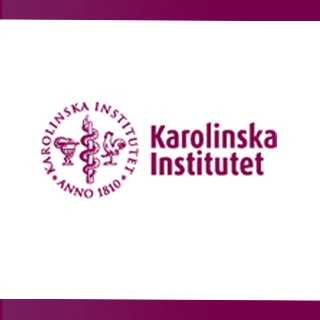
PEG is seemingly prescribed only when the physicians predict a lack of short term improvement in a patient. So a patient suffering with either throat cancer, esophagus cancer or a stroke may undergo a PEG operation. Despite, thousands of such operations being conducted in Sweden annually, the number still seems to be heightened.
Dr John Blomberg, PhD Student at Karolinska Institutet and Senior Physician at Karolinska University Hospital remarked, “It is always difficult for the operating doctor to know whether the infection preventive treatment has been given on time, which could stop the whole operation process.”
A major drawback of utilizing this surgery includes an elevated risk of infection which may further prove fatal. To compress the risk of infection cefuroxime may be suggested. Cefuroxime is a liquid form of antibiotics which may be given one hour before surgery. The scientists affirmed the method to be clinically tried on around 200 patients at the Karolinska University Hospital in Solna, Stockholm County.
Dr Blomberg affirmed, “In some cases, it is impossible to insert a PEG and then the antibiotics have been given unnecessarily. When a PEG operation fails, which occurs in every ten cases, it usually depends on how the internal organs are located in relation to the abdominal wall and stomach.”
According to the scientists, the latest method introduced offers protection against infection. They explained that instead of prescribing various antibiotics drugs, a combination of sulfamethoxazole and trimethoprim may be recommended to the patients. It may be given as a direct solution in PEG-catheter once the surgery is completed. This method also turns out to be cost friendly because of a daily combination with a lighter workload and a smaller drug cost for hospitals.
Dr Blomberg enlightened, “Both methods give equivalent results in terms of reduced risk of infection for the patient. But the new method is much simpler, and at least ten times cheaper.”
The study was carried out between 2005 and 2009 on 234 patients. While half of them were provided with cefuroxime, the other half were given a mixture of sulfamethoxazole and trimethoprim. The outcome was that 14 patients treated with cefuroxime and 10 patients treated with the mixture of sulfamethoxazole and trimethoprim got an infection. The authors enlightened that there are various reasons to give antibiotics in the newly identified unique way during PEG operations.
The study is published in the British Medical Journal.
